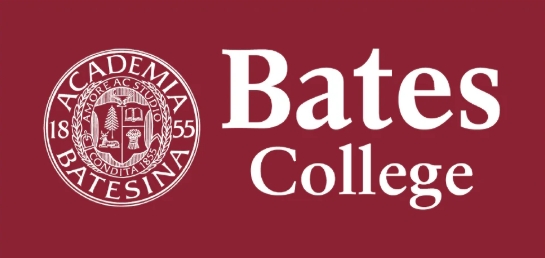Mont Vernon once hosted several grand resorts
Driving through the quaint village center of Mont Vernon makes you feel like you are in a true New England small town. It is a cute town, but don’t be fooled by the size. Mont Vernon was once a booming tourist town.
Back in the 1800s, Mont Vernon was the place to be in the summer. It all started when Mont Vernon was a true farming town. A successful native resident of Mont Vernon, Franklin Otis Kittredge, had big plans for this small town. He always wanted to operate a hospitality-based business. His dream became a reality when he bought an old tavern in the center of town. He renovated it and turned it into a boardinghouse for students and teachers who went to and taught at a boys’ boarding school in the next town. The boardinghouse was a successful business and remained so for many years.
But something about owning a hotel really intrigued Kittredge, who had been known for his entrepreneurial spirit. He again renovated the building, making it an elegant retreat for people to visit. He named it The Mont Vernon House. One of Kittredge’s Boston friends put a brochure for the hotel in every mailbox on Beacon Hill, where the most affluent and famous of Boston lived. In season 1857, they filled up the hotel for the whole summer. As word of mouth spread, people took the train ride from places like Washington, D.C., New York and Baltimore.
The hotel sat in the middle of the town center and had a great view of the surrounding mountains and foothills. The hotel usually got overbooked, so some vacationers would rent rooms in Mont Vernon homes, something the townspeople were happy to do. By 1867, so many people came to Mont Vernon to escape the city that the size of the hotel tripled. Stables and tennis courts moved to the other side of the street to make room for the larger hotel. The new hotel was now four stories and 145 feet long. The hotel was open from May to November and offered the city guests an escape into the cool fresh country air. Sadly, the hotel burned down and was never rebuilt.
However, this did not mark the end of the tourist industry of Mont Vernon; it was just the beginning. A few years after the fire, a hotel was built named The Hillsborough House. Tourists from Boston, remembering The Mont Vernon House, came to this hotel. It also filled up for summers. Unfortunately, it met the same fate of the Mont Vernon House when it was struck by lightning and burned to the ground.
The most influential and elegant of all hotels in Mont Vernon was The Grand Hotel. It was one of the closest grand hotels to Boston, so it attracted many tourists. In the summer, the children and wives of the rich businessmen of Boston would travel there for the summer, and the fathers would come on the weekends. The hotel offered horseback riding, swimming, golf and more. The picturesque view from the top of the hill it sat on, Grand Hill, was what attracted many. On a good clear day, some would say you could see Boston. One of the many local attractions the people would visit was Frog Rock, just over the border in New Boston. It was a large glacial rock shaped like a sitting frog. Another hot spot for tourists was Purgatory Falls. People from the hotels hiked to see the beautiful waterfalls, and some would camp out for a few nights.
The hotel was so large that you could see it from miles away. Sadly, it too was struck by lighting and burned down in the 1930s. During the time the Grand Hotel was open, the Bellevue Hotel also welcomed guests, and both hotels filled their rooms.
The Bellevue Hotel was a quaint, sturdy building. Some of the townspeople claimed that the building was built in the mid-1800s before it was a hotel; others said it dated back to the 1780s. After the Grand Hotel burned, it was the last hotel in Mont Vernon. It remained like there until 1933, when it met the same fate as all the other hotels; it was struck by lighting and burned. This marked the end of Mont Vernon’s golden age.
One of the reasons no other hotel was built was because of the automobile. Instead of relying on the railroads, tourists could travel to other places. As time passed, memories of the Mont Vernon tourist industry shrunk. Today, few know of the golden days of Mont Vernon.
Antonio Pastor is a seventh-
grade student at Ross A. Lurgio Middle School in Bedford. His column, which examines the history of well-known New Hampshire destinations, runs the fourth week of the month. The Mont Vernon Historical society contributed information to this article.






